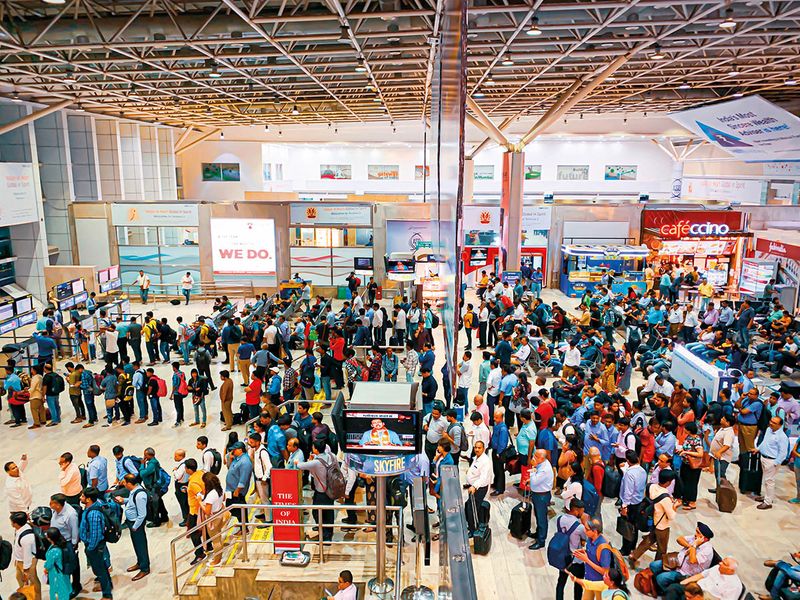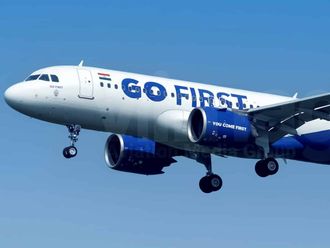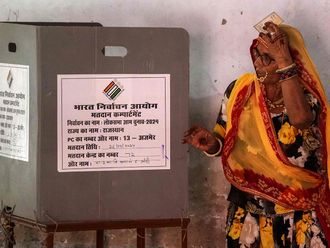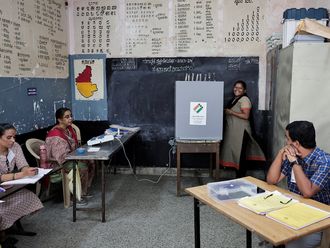
Highlight
The Indian aviation sector has enough potential to prove its detractors wrong, if the right reforms are implemented that is
Will you be impressed if I tell you that 140,000,000 individuals flew by air in India in 2018? Chances are you will be. A figure of 140 million is, after all, a big number. However, if you ask me the same question,
I will be far from impressed. Only 3 per cent of India’s population is flying. Imagine the economic impact India can achieve if this percentage is doubled or tripled. This is not a pipe dream; I genuinely feel that it is within the powers of the government and the aviation industry to achieve this feat.
Despite its birth in 1930s through the then-private carrier, Air India, the Indian aviation market unfortunately continues to be in its nascent stage.
Consider these statistics. The collective fleet size of various Indian airlines today stands at 580. Compared to this, one single airline in the US, United Airlines, has more than double the number of aeroplanes in its fleet. While United operates 779 mainline aircraft, the airline’s United Express carriers operate 569 regional aircraft.
For India to reach its potential and become a vibrant aviation market, the need of the hour is to implement full-fledged reform measures. And there cannot possibly be a better time for introducing such measures.
We have a newly elected government with a full majority at the centre and urgent, long-term, concrete measures need to be taken now to make India an aviation superpower. If there was any government which has the will and political strength, then it is this government.

For India to reach its potential and become a vibrant aviation market, the need of the hour is to implement full-fledged reform measures.
It is aware of the issues at hand. Aviation can be one of the bright spots of the economy. Some wonderful work has been done, particularly on the regional connectivity front, through UDAN and some other initiatives.
UDAN, the government’s flagship scheme for aviation, has worked wonders and its success just goes on to show how the right initiatives can have a multiplier effect. From 65 airports in 2014, we now have more than 100 operational airports in the country. UDAN I created 1.3 million seats and 2.9 million seats were added in the second round. UDAN III aims to add another 6.93 million seats annually with more than 100,000 seats through seaplanes and over 1.5 million seats on tourism routes. This is a clear testimonial to the success of the initiative.
I think it is a matter of great embarrassment for India — the sixth-largest economy in the world with a GDP of $2.61 trillion (Dh9.59 trillion) — if it does not use its strength and build its own hubs and its own international carriers. It is embarrassing that air-traffic rights have been given indiscriminately to countries, which have used those rights to build their own hubs at India’s expense.
The government should adopt a policy of India first and help build Indian hubs and Indian carriers. We need to connect the country from within and also with the outer world. By this, I mean that the government should look at connecting smaller cities of the country to the globe.
I dream of a day when Indian carriers will fly Indian passengers directly to destinations in Western Europe, the Americas, the Far East and Australia and so on. India urgently needs a policy that encourages Indian carriers to fly long haul.

Cost structure
The failure of Jet Airways should serve as a wake-up call for the aviation industry. In my view, at least part of the blame for Jet’s collapse should be attributed to policymakers as the basic cost structure to run an airline is probably the highest in India. An airline company shutting down every five years in India shows that something is very wrong with the system. Interestingly, everybody in the Indian aviation sector, except airlines, is making money.
My first recommendation to get the cost structure right is to bring Aviation Turbine Fuel (ATF) under the Goods and Services Tax (GST). ATF, which is highly taxed, alone accounts for more than 40 per cent of an airline’s operational expenses. We need either the ATF taxation to be reduced or it should be included under the ambit of GST.
If all the leading aviation markets do not pay tax on aviation fuel, then we too need to have a similar structure, where we are not paying any tax. Similarly, if airport charges are low at various global hubs, then we too need to keep our charges low — if we are serious about becoming a global hub.
We also need to understand that flying is not only for the rich — schemes such as UDAN and others have proved that — and should not be taxed heavily. To compete increasingly with global carriers, it is important that we find a cost structure, which is competitive with them.
There has been significant dialogue on including ATF under GST with the current government and we need to take this forward.
Import duties
In addition, there are certain other areas such as creation of infrastructure to enable aviation growth and double taxation that need to be urgently addressed. The import duty on spare parts that have been repaired overseas also needs to be addressed quickly.
I would like to point out that no country charges import duty on spares. High import duty on aircraft parts is among the factors that make the domestic aviation sector uncompetitive. We need to benchmark our domestic aviation system and the associate tax structure to the rest of the world.
The government needs to get rid of the old regulations and enable quick growth because this sector can bring in a lot of employment and help boost economies of individual states and tourism.
If the government is serious about creating global aviation hubs, it will do well to consider giving a visa-free stimulus to bring in tourists. The imbalances in regulatory and taxation structure need to be corrected for the sector. I expect the government to implement some big bold reforms and do some more out-of-the-box thinking. With the right rules, Indian aviation will perform because, inherently, we have a massive domestic market.
In the long run, as we aim for a $5-trillion economy, we need to be growing at 10 per cent a year for the next ten years. For that to happen, let us take the necessary steps to ensure that we have created enough infrastructure for that large economy as well as a much more enabling environment.
We have an unprecedented opportunity in aviation. There is an equally unprecedented opportunity to connect India to itself, India to the world and be an aviation superpower. As per International Air Transport Association projections, India — one of the fastest-growing aviation markets in the world — is set to become the third-largest aviation market by 2025.
I believe, we have the opportunity to become the service centre of the world for this sector. If the government addresses some of the structural issues bedevilling the aviation sector, I am very confident that there will be many years of great growth ahead of us.
- The writer is the Founder, Chairman and Managing Director, SpiceJet













